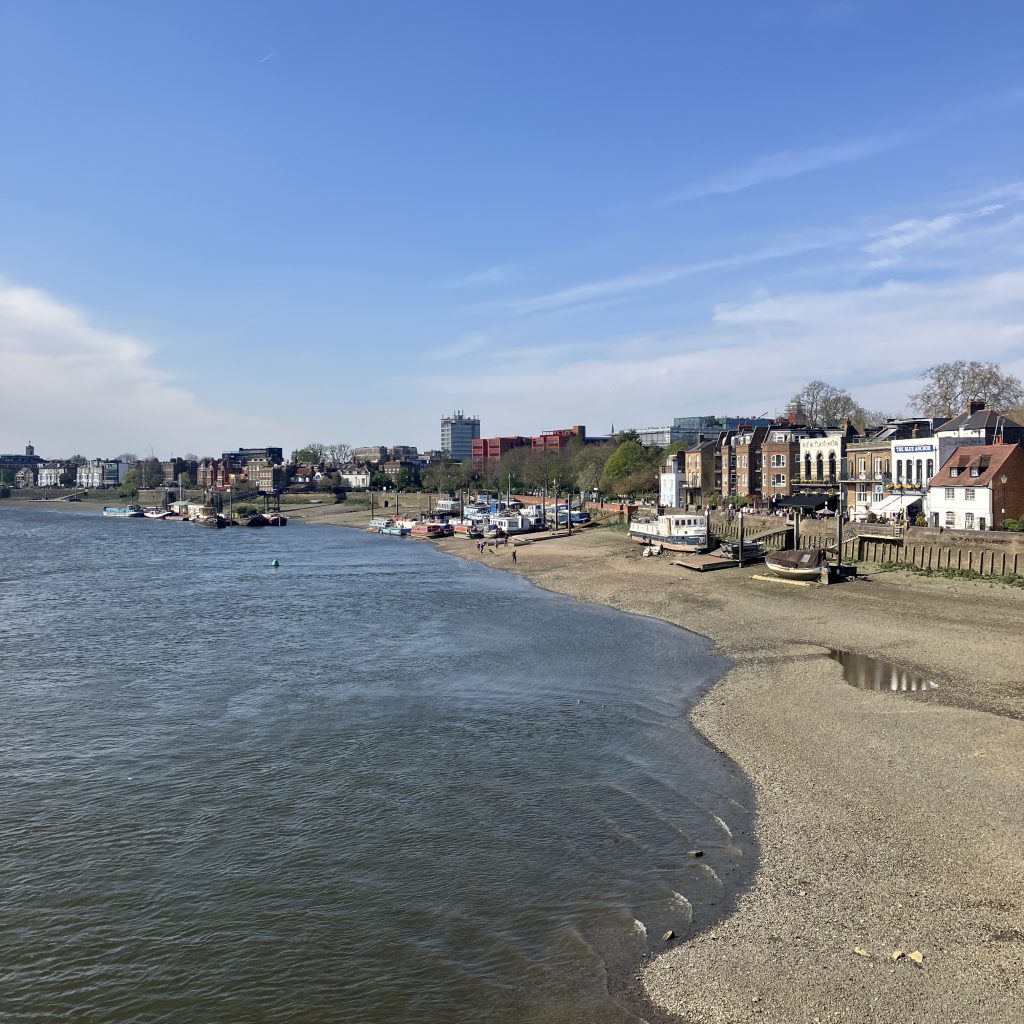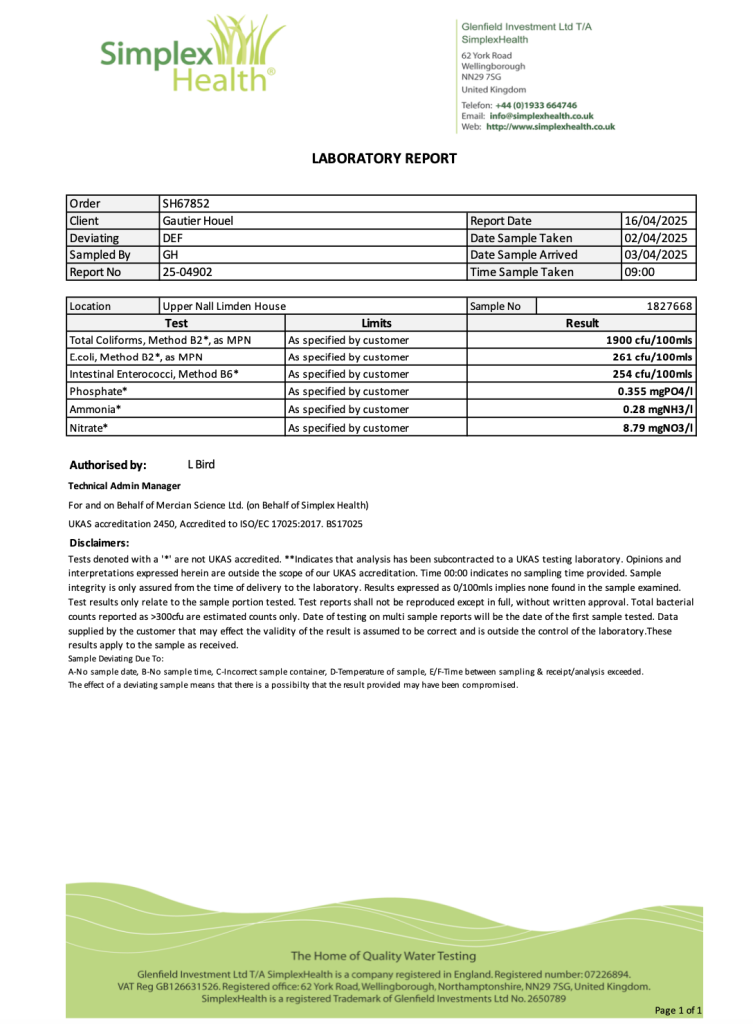Earlier this month, The Green Londoner joined forces with the H&F Climate Group to carry out a citizen-led water quality test on the Thames at Upper Mall, near Linden House in Hammersmith. With the annual Boat Race putting the spotlight on our iconic river, we wanted to ask: how clean is the Thames, really?
This wasn’t a month-long campaign like the excellent work done by River Action and others. It was a one-off, local initiative — just a borrowed lab kit, a tide chart, and a bit of determination to get hands-on with environmental science. Still, the results offer a revealing snapshot of river health at a specific moment in time.

What we found: The lab results
We sent 2 samples to Simplex Health, testing for bacteria and nutrient pollutants. Here’s a summary of the findings:
Bacteria (cfu = colony forming units / 100ml)
- E. coli: 261
Excellent for inland bathing water (≤500) - Intestinal Enterococci: 254
Between “good” and “sufficient” (excellent is ≤200) - Total Coliforms: 1900
General sign of faecal contamination
Takeaway: E. coli levels were within the excellent range, but other bacteria raised concerns — and all of these are indicators of faecal pollution. Our test took place during a dry spell, meaning no recent storm overflow — the kind that dumps sewage straight into the river. After rain? Results could be far worse.
Nutrient pollution
- Phosphate: 0.355 mg/l
Very high (clean water <0.05 mg/l) - Nitrate: 8.79 mg/l
Very high (clean water <0.5 mg/l) - Ammonia: 0.28 mg/l
Organic pollution indicator, often linked to sewage or runoff
Why this matters: These elevated nutrients can cause algae blooms and oxygen depletion — stressing aquatic ecosystems and harming wildlife.
A personal note from the field
This was my first time collecting and sending off water samples for lab testing. Let’s just say it involved tide-tracking, balancing on a slippery pier in gloves, and sprinting to get samples to the lab before closing. (Pro tip: don’t send to a lab that closes on Fridays.)
But there was joy in the process — the quiet kind that comes from doing something real and meaningful for your community. This is what citizen science looks like: it’s messy, hands-on, and surprisingly powerful.
We didn’t do this test to point fingers — though it’s clear that water companies and regulators have let us down, especially here in London. Our goal was to raise awareness, offer transparency, and show what’s possible when local residents take initiative. One test won’t change the world, and it only captures a single moment in time. But it can spark interest, curiosity, and — just maybe — action.
What’s next
We’re sharing these results with local stakeholders and will continue to spotlight river health through community science, events, and grassroots action. This is just the beginning — and we’d love for you to be part of what comes next.
How to get involved
- Join a future water event like the one we ran on 12 April — more coming soon.
- Volunteer with local groups such as H&F Climate Group, who are championing river protection.
- Take part in nature surveys — I’ll be at this weekend’s bioblitz with Regen City (a few spots are still available if you’d like to join!).
Let’s make clean water and community action a defining part of London’s green future.
Full lab results available below for transparency.
Photos from the field to come.
Follow The Green Londoner to stay updated on upcoming events, citizen science opportunities, and environmental news from across the capital.








